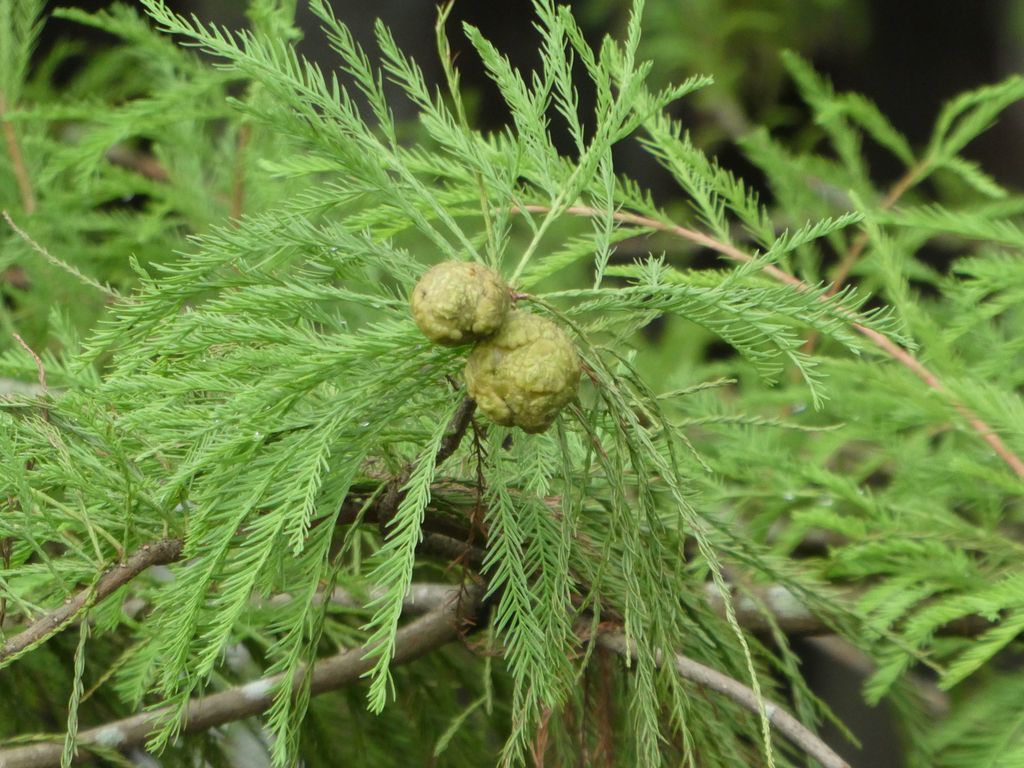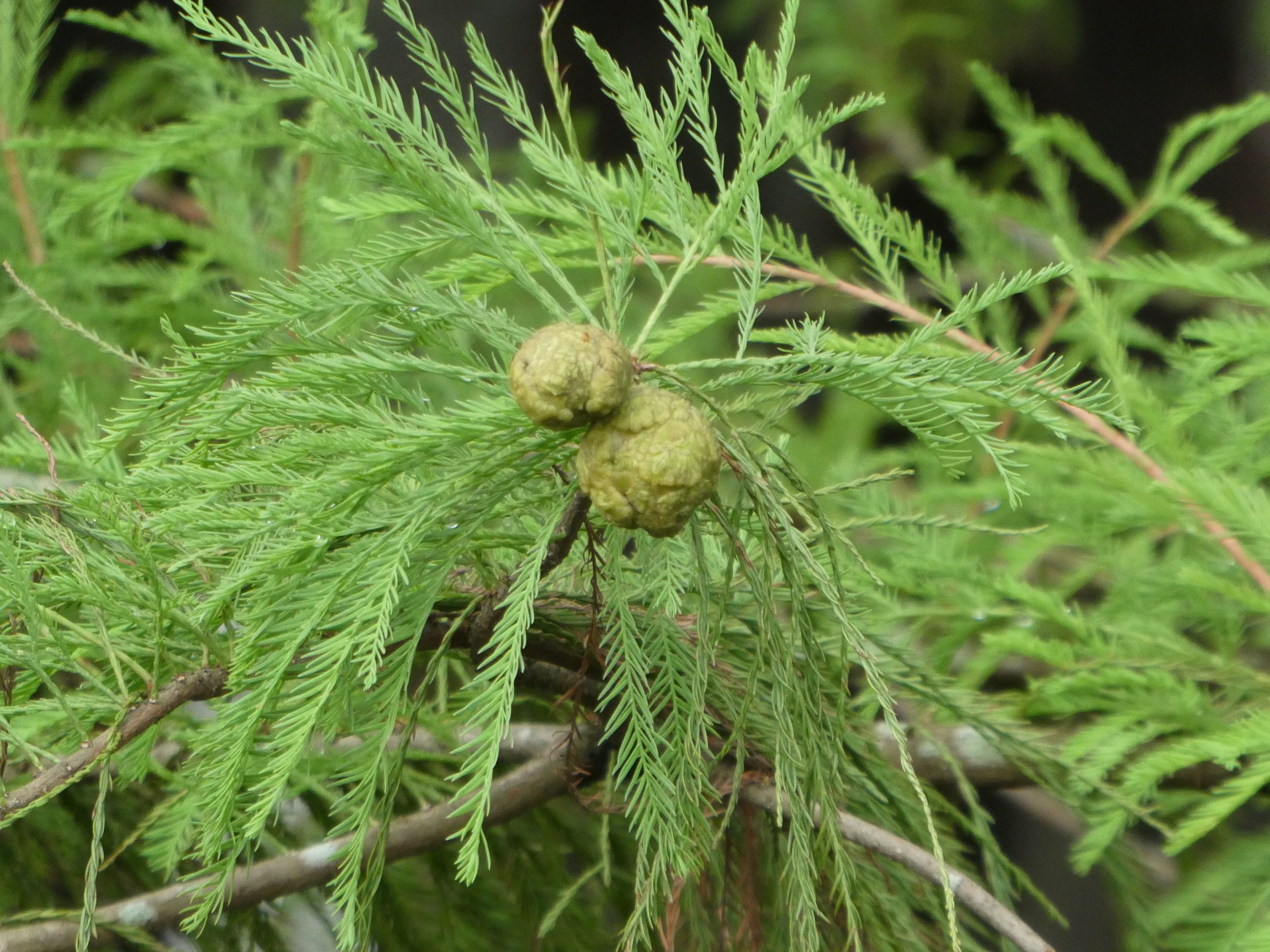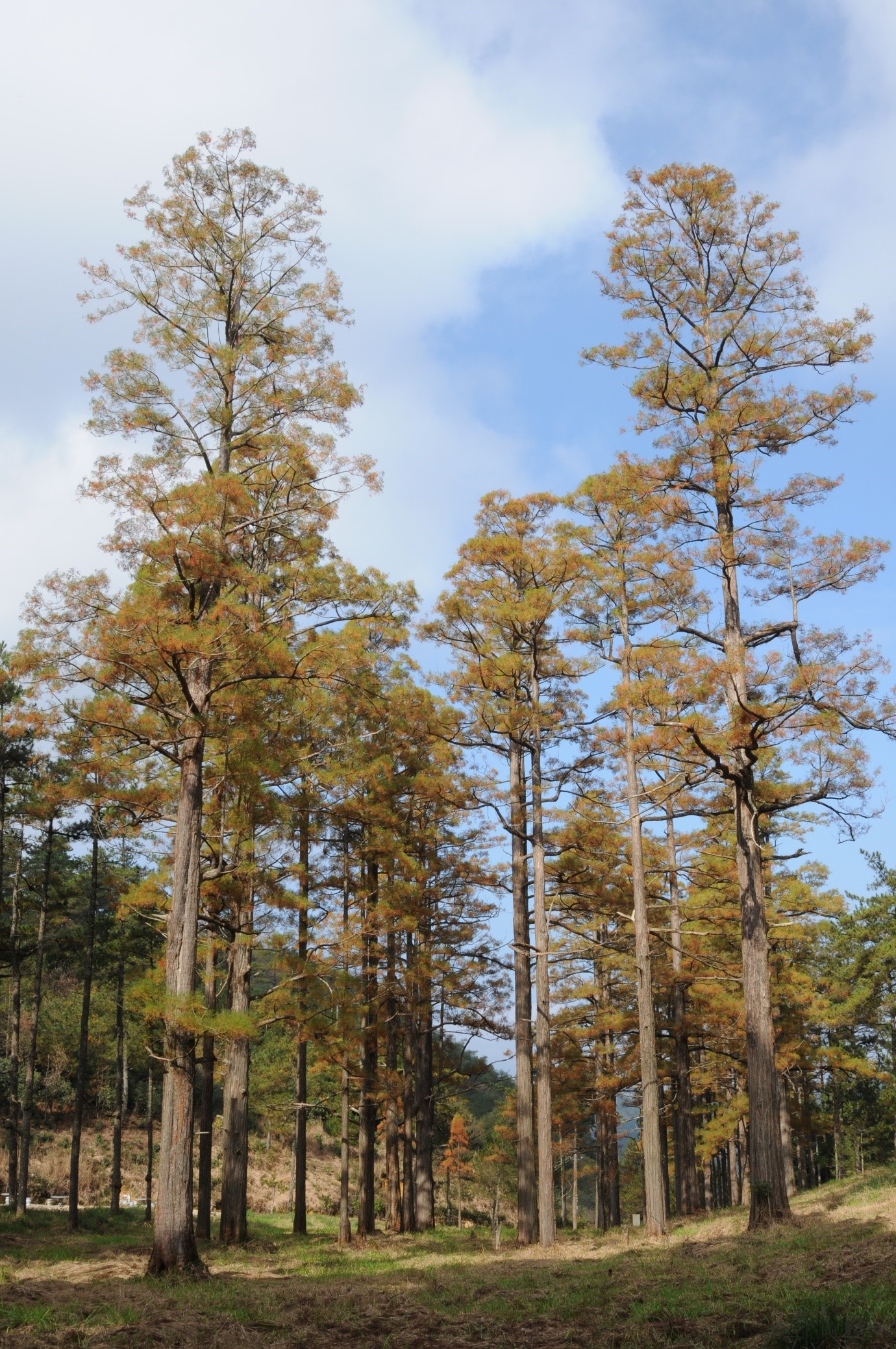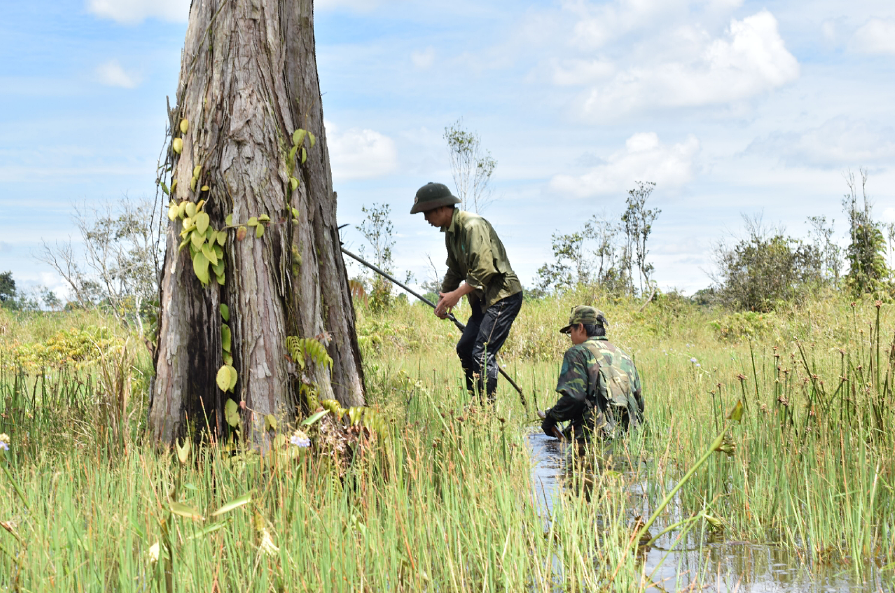Collaborating to conserve the Chinese Swamp Cypress

-
Status of project
Completed -
Region
Asia -
Country
Laos -
Programme
BGCI's Tree Conservation Programme -
Workstream
Saving Plants -
Topic
Tree Conservation
Project completed
Conservation problem
Chinese Swamp Cypress is suffering from low regeneration rates in its natural habitat and very little plant material is available for reinforcement planting in the wild.
Project goal
A collaboration of botanic garden and forestry staff in China, Laos and Vietnam grow Chinese Swamp Cypress saplings in botanic gardens to supplement wild populations.

Why this species?
Once very widespread in China, Vietnam, and likely Laos, natural populations of Chinese Swamp Cypress (Glyptostrobus pensilis) are on the brink of extinction. Chinese Swamp Cypress grows on river floodplains and in deltas where it develops a large buttress base. Its wood is resistant to decay and its lightweight roots are used in China to make life-saving buoyancy aids. Natural regeneration of the species is suspected to be low, and wetland habitat conversion represents a major threat. The extent of this species is not fully understood, with eight stands currently known in China, Laos and Vietnam, containing an estimated 400 individuals overall. Further locations may exist in Laos, but are yet to be surveyed. The species is being cultivated by botanic gardens; however, propagation is proving challenging. In particular, the availability of viable seed is limited.

What are we doing?
We are working with in country partners in China, Laos and Vietnam to improve germination success for the species. The saplings grown will be used to restore wild populations. Botanical expeditions will be completed as the extent of the remaining trees in the wild requires a comprehensive review.
The main activities of this project include:
- Conduct botanical expeditions to fully understand the distribution of remaining Chinese Swamp Cypress.
- Research methods to increase germination success.
- Grow a significant number of individuals at botanic gardens that can be used as a conservation safety net and as a source of material to replant into the wild.
Key achievements
Around 1,500 individuals have been propagated at South China Botanical Garden. A propagation protocol has been developed by the garden and has been shared with project partners during a 4-day workshop on seed cone collection and cultivation techniques. Field trips in China, Laos and Vietnam have led to the collection of material for genetic analysis and propagation trials.

Contact details
For more information on this project, please contact globaltrees@bgci.org